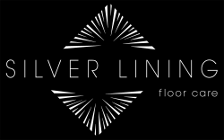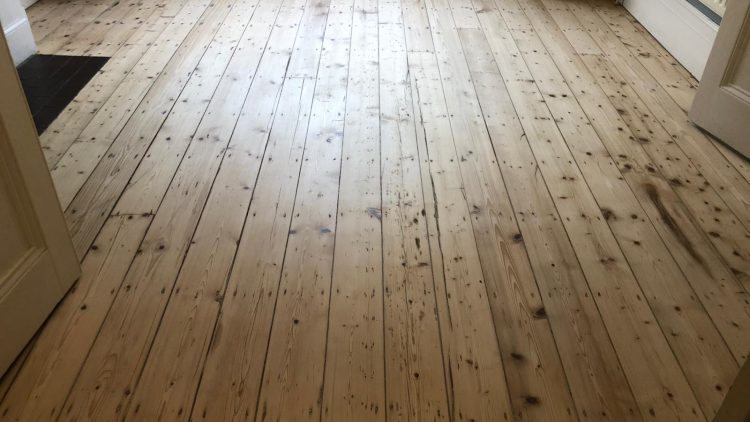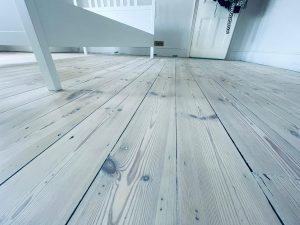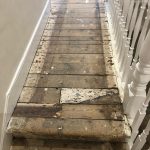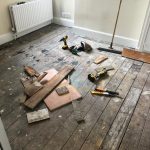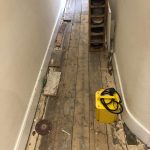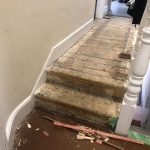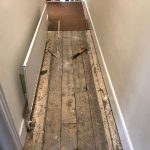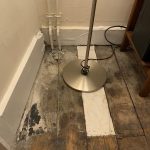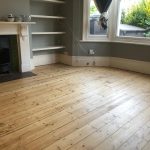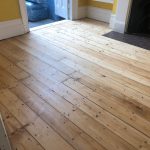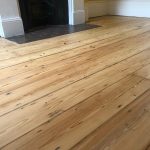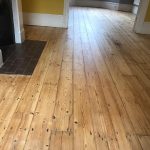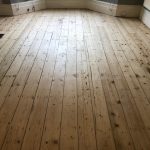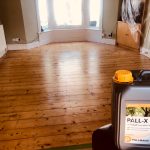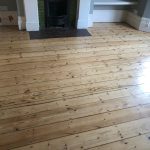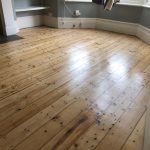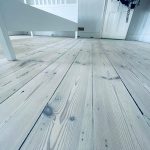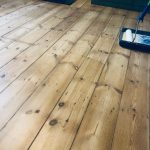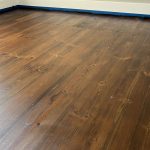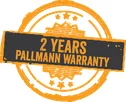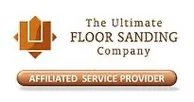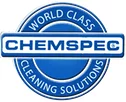Floorboards Sanding DIY
Pine floorboards sanding
The beauty of the floorboards hidden under
Floorboard sanding has gained significant attention in households across the UK in recent times. Intrigued by this trend, I’ve delved into the intricacies of this transformative process.
The charm of wooden floors graces numerous residences throughout the UK. Often hidden beneath carpets or other coverings, these floors harbor untapped potential waiting to be uncovered.
When carpets are lifted, the typical appearance of a floor is as follows:
Floorboards sanding difficulties
Uneven floorboard covered in residue.
Sanding pine floorboards presents a challenging task. These surfaces often feature adhesives, nails, screws, staples, and more. Additionally, they can be uneven and marred by various factors like woodworms, plumbers, and electricians. The initial step in floorboard sanding involves levelling the floor and streamlining subsequent sanding phases for improved results. This phase can demand significant time and material resources.
The floorboards are softwood.
As a softwood, pine necessitates a higher quantity of sanding paper compared to hardwoods like oak. Its softer nature leads to quicker paper clogging. Consequently, attaining a refined, smooth finish during the sanding and finishing stages is more challenging, resulting in a lengthier project completion timeframe.
Repairing the floorboards.
Frequently, floorboard sanding projects entail necessary repairs. The challenge lies in the fact that acquiring new pine boards would result in a noticeable disparity when compared to your century-old planks. Instead, opting for reclaimed pine timber of similar age, thickness, and width is crucial. While sources for such timber exist, their availability can be elusive, demanding a dose of patience – perhaps even some yoga or meditation :).
Repair work might encompass board replacement, hole filling, and joist building or replacement. Numerous concealed issues may remain undisclosed during the initial quote visit, often surfacing after repairs commence or heavy machinery is applied to the floor. Restoring old pine floors demands a degree of tolerance. In essence, they were never intended to serve as final flooring but rather subfloors. Even after meticulous repair work, new issues may manifest over time. It’s vital to recognize that these aren’t shortcomings of the repair process, but rather a consequence of the floor’s unknown history and what lies beneath.
Staining & finishing your floorboards
The most common finish of the pine floor is just a natural look, however, if you like it stained, I personally think that the reactive stains from Ciranova look best on pine. Have a look at the Ciranova range here-click, and scroll down to reactive stains. It can be finished with either oil or lacquer. Although the easiest and the cheapest to work with are solvent-based stains like Morrells. You can also use an oil-based stain like Pall-X 333 range if there aren’t too many imperfections on the floor and the gaps are filled.
Some examples of our work
Pricing floorboard sanding work
Clearly, this task isn’t a simple endeavour, making it challenging to predict every potential obstacle during the floorboard restoration process. Frequently, the floor is concealed beneath carpets, rendering the underlying condition invisible. While carpets are in place, we can provide a preliminary assessment, but please note that we won’t account for floorboard repairs at this stage.
Upon carpet removal, we can thoroughly evaluate the scope of work required and then furnish you with a more accurate quote for your wooden floor’s rejuvenation. Our preference for completing the project involves utilizing top-tier products from Pallmann to achieve a high-quality finish.
